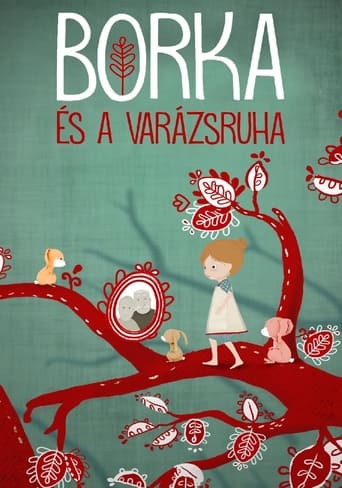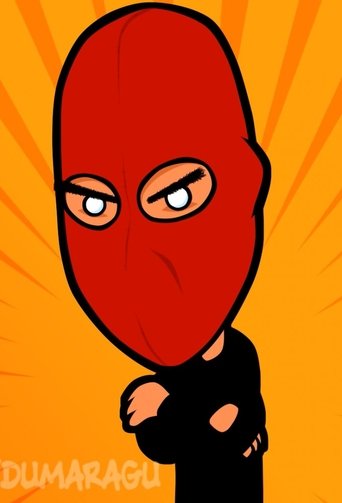Best Hungarian animation series
A curated collection of popular animation series from Hungary.

The Adventures of Aladár Mézga (1971)
The Adventures of Aladár Mézga (1971)
Every night Aladár visits a different inhabited planet using an inflatable interstellar cosmic ship with his talking dog Blöki.

The Adventures of Aladár Mézga (1971)
The Adventures of Aladár Mézga (1971)
Every night Aladár visits a different inhabited planet using an inflatable interstellar cosmic ship with his talking dog Blöki.
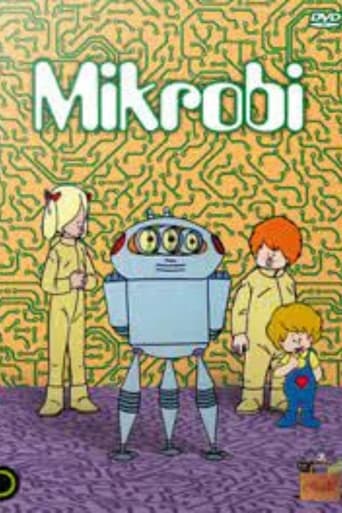
Mikrobi (1973)
Mikrobi (1973)
Hungarian cartoon. Mikrobi is a robot that has three eyes, a stretchy neck and takes care of the three children traveling across the cosmos. The biggest problem Mikrobiego is a small urchin Pepe, who constantly wants to play with him and boredom reprogrammed the robot to fulfill his cravings
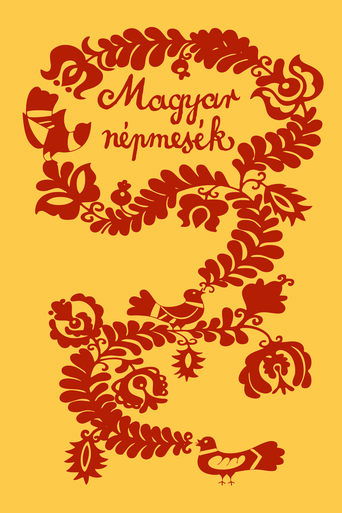
Hungarian Folktales (1977)
Hungarian Folktales (1977)
Hungarian Folktales is a Hungarian animated series. Each episode is based on a Hungarian folk tale. The creators paid special attention to using Hungarian folk motives in the episodes.
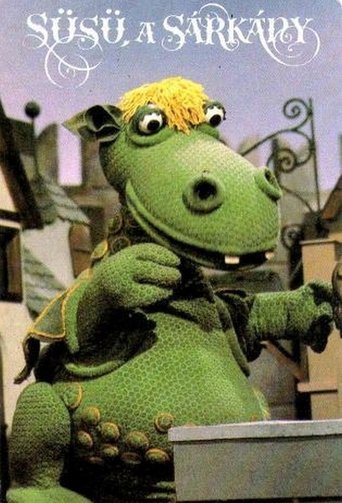
Süsü, a sárkány (1977)
Süsü, a sárkány (1977)

Pom Pom meséi (1977)
Pom Pom meséi (1977)
"Who is Pom Pom? How come you don't know me? Hoo! Nobody really knows me, because sometimes I'm like this, sometimes I'm like that. I can change my shape amazingly: if I want, I am like a fur patch, or a wig, or one-finger fur gloves turned inside out, or a room-painting scrub, or a cotton tassel on the toe of a slipper. Now I look most like a fur hat, sitting on the branch, a nice long branch, up-heh-heh-heh, down-heh-heh-heh, as a breeze sways the branch..."
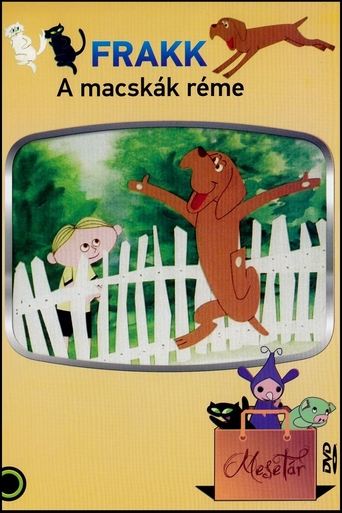
Frakk (1972)
Frakk (1972)
It's a tale of the friendship of a dog and two cats. This friendship lasts until one of the cats has the idea to occupy the comfortable armchair.

Berry and Dolly (2010)
Berry and Dolly (2010)
The animation film "Bogyó és Babóca - 13 mese" is based on highly successful, bestseller book of Erika Bartos targeting the pre-school age audience. The film is centered around two main characters, Bogyó (Berry), the snail boy and Babóca (Dolly), the ladybird girl, two inseparable friends.
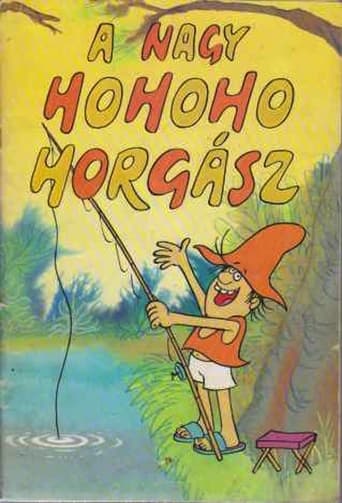
A nagy ho-ho-horgász (1984)
A nagy ho-ho-horgász (1984)
Pom Pom meséi (2001)
Pom Pom meséi (2001)
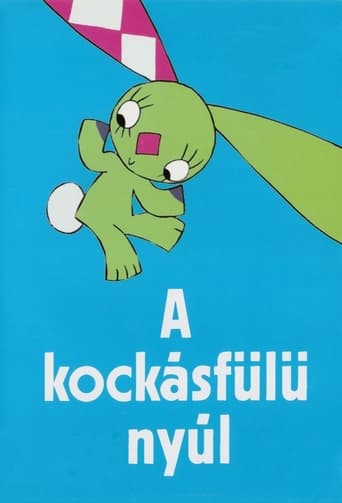
The rabbit with checkered ears (1973)
The rabbit with checkered ears (1973)
A kockásfülű nyúl (English: "The rabbit with checkered ears") is a 26-episode Hungarian animated children's series produced from 26 August 1977 on in the studios of PannóniaFilm. Created by the acclaimed children's literature writer and graphic artist Veronika Marék and animator Zsolt Richly, its protagonist, the rabbit with checkered ears quickly became one of the most prolific mascots of Hungarian animation.
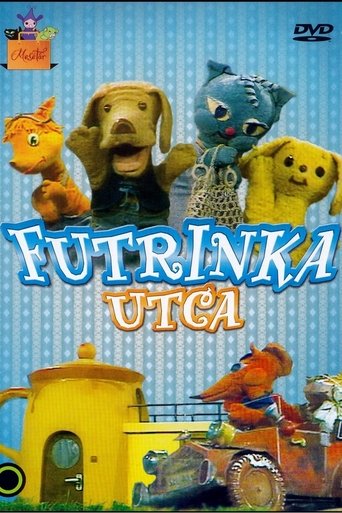
Futrinka utca (1980)
Futrinka utca (1980)
On a rainy day a stray puppy named Buksi arrives on Futrinka Street. The cat Cicamica adopts him, and Morzsa, an old dog, plays a fatherly role. Buksi gets to know the neighborhood, makes friends, gets in trouble, and goes on adventures.
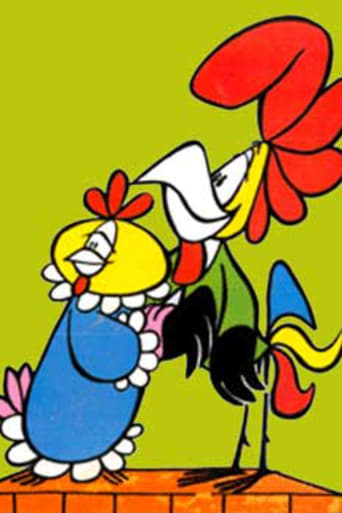
Kukori és Kotkoda (1970)
Kukori és Kotkoda (1970)
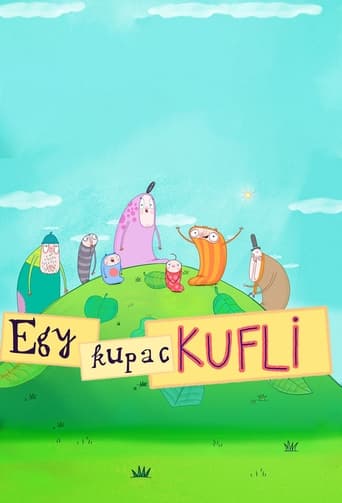
Egy kupac kufli (2017)
Egy kupac kufli (2017)
The seven muffins live in the middle of the Deserted Meadow, far from the noise of the world, in the cavernous caverns of a muffins heap. The greenest in the green. Muzzle is the reddest. Titus is the yellowest. Hilda is the coolest. Valér is the blueest. Bela is the brownest. Fityirc is the grayest because ... Well, because it must be somebody! They are brave and timid, gentle and sudden in nature, multilingual and silent, clever and ... Well, they are all different. Like children (and adults, of course). Muffins loves best when nothing happens to them, they can just laze around at the top of their heap. But in vain, because most of the time their peaceful day turns into a complicated adventure! Luckily, the muffins are good friends, and together they can solve even the most jovial situations!

Sebaj Tóbiás (1984)
Sebaj Tóbiás (1984)
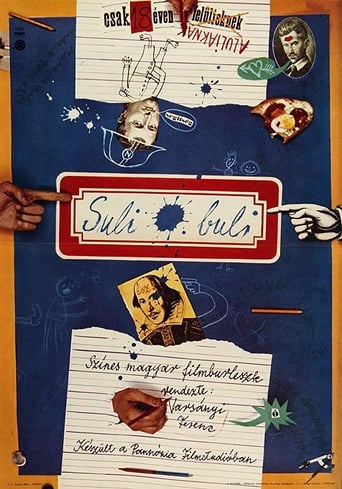
Schooltime Blues (1979)
Schooltime Blues (1979)
In the spirit of Frigyes Karinthy, an amusing pixilation burlesque about the everyday life of a graduating class, starring pantomime actors.
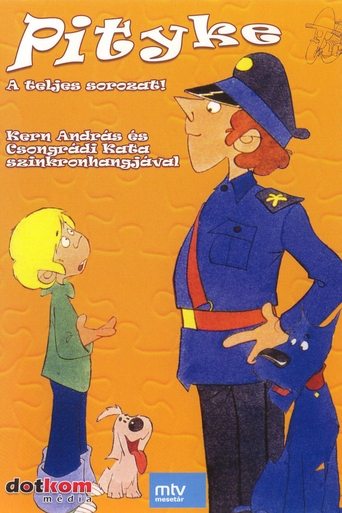
Pityke (1981)
Pityke (1981)
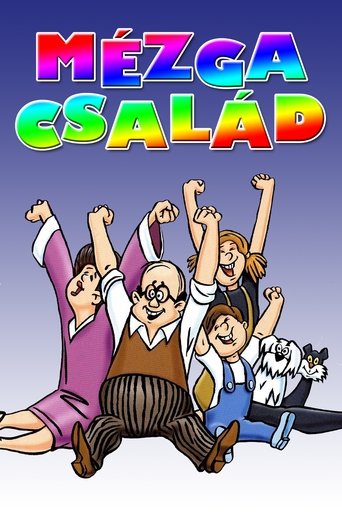
The Mézga Family (1970)
The Mézga Family (1970)
The family consists of Géza, the father, a comical and inept figure, his wife Paula who actually dominates family affairs, pubertal daughter Kriszta and 12-year-old son Aladár, a child prodigy. The cat Maffia and a dog, Blöki accompany the family. Dr. Máris, their cynical neighbour, is regularly and unvoluntarily involved in disasters surrounding the family.
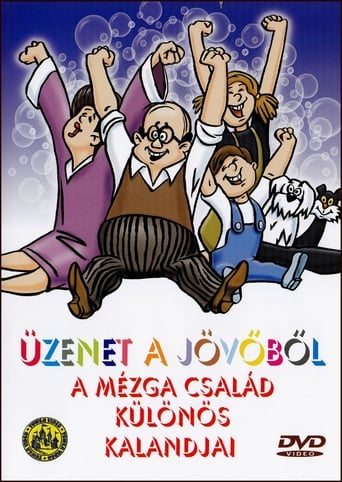
Legacy from the Future - Fantastic Adventures of Family Mézga (1970)
Legacy from the Future - Fantastic Adventures of Family Mézga (1970)
Geza Mezga, Paula, teenager Kriszta their daughter and the restless little child, Aladar. So they are the Mezga family. Maybe Maris neighbour should also be counted here. They are always embroiled in extremely strange adventures, thanks to their "distant" relative, MZ/X discovered by Aladar. With the help of Aladar's own radio transceiver, they get in touch with their thirtieth-century relative. Incredible things happen suddenly in an otherwise ordinary family.
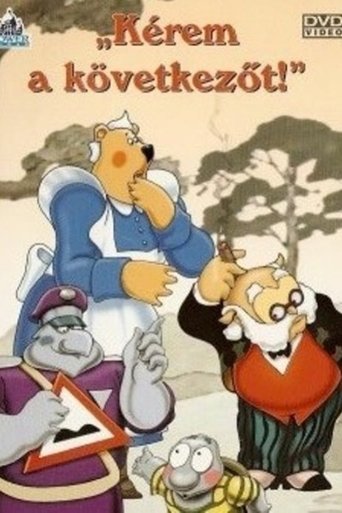
Kérem a következőt! (1975)
Kérem a következőt! (1975)
Dr. Bubó is a short-eared owl who, after obtaining his medical degree with excellent qualifications , sets up his clinic inside an oak tree, where he heals the sick inhabitants of the forest with the help of his assistant - the nurse of the clinic - Nurse Ursula.
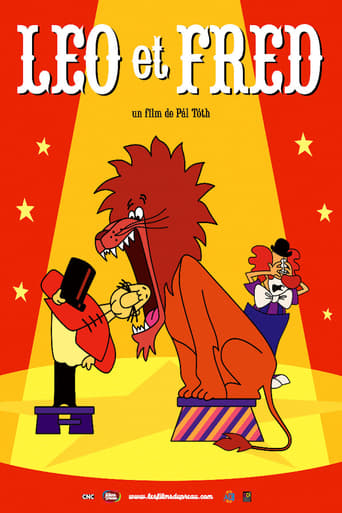
Leo and Fred (1986)
Leo and Fred (1986)
Charming stories about Leo the lion and Fred the lion tamer.
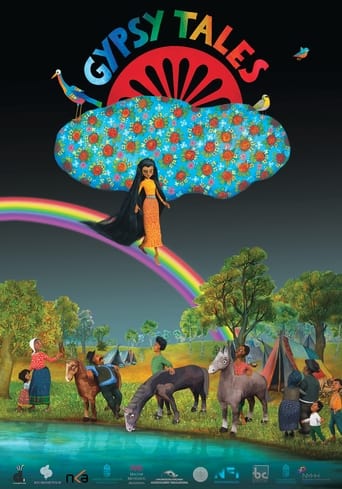
Cigánymesék (2014)
Cigánymesék (2014)
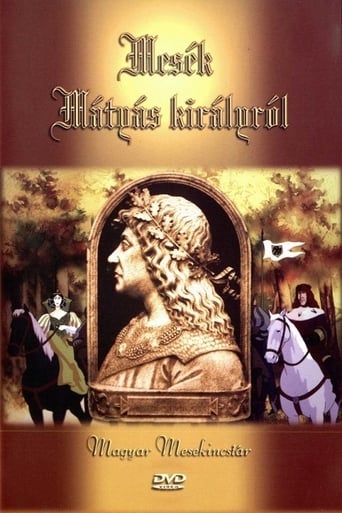
Tales of King Matthias (1984)
Tales of King Matthias (1984)
Tales of King Matthias is a Hungarian television animated film series about King Mátyás, shown in 1984, produced by Pannónia Filmstúdió from 1981 to 1982. The director of the animated feature film series is László Újváry. Ábel Kőszegi and László Újváry wrote the script, the music was composed by the band Kaláka and produced by Ferenc Mikulás. It first aired between February 18, 1984 and May 12, 1984. In Hungary, it was broadcast by M1, M2, Duna TV, Fox Kids / Jetix, Kiwi TV and Super TV2.
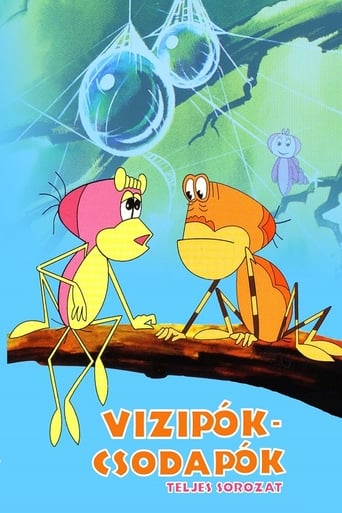
Vízipók-csodapók (1978)
Vízipók-csodapók (1978)
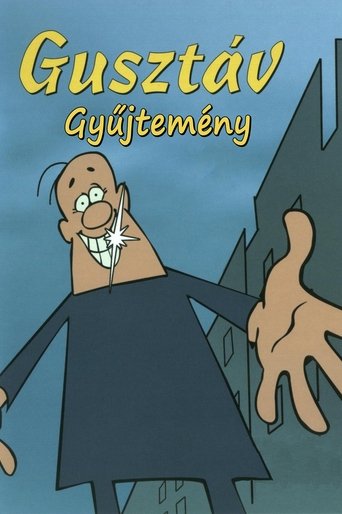
Gusztáv, Gustavus - The Fellow-Man (1966)
Gusztáv, Gustavus - The Fellow-Man (1966)
Gusztáv, a társas lény, also known as Gustavus: The Fellow-Man (Canada: English title), series was started in 1964 (68 episodes in 1964, then another 52 episodes in the 1970s) - an initiative by Attila Dargay, Jozsef Nepp and Marcell Jankovics after an earlier hit by Jozsef Nepp, "Passion" (1961). Gustavus became a familiar character in over seventy countries. This series was the debut for the greater part of the second generation of Hungarian animators, including József Gémes, Tamás Szabó Sípos, Béla Ternovszky and others.
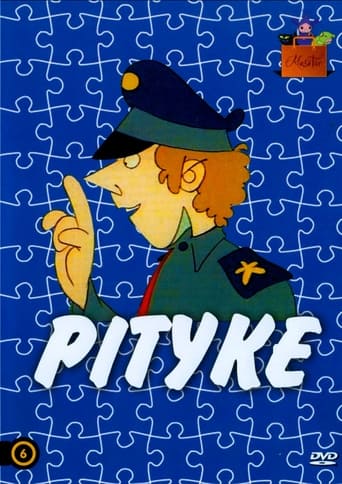
Pityke (1981)
Pityke (1981)
Pityke is a Hungarian animation about Hungarian police and funny crime stories for children and the young.
